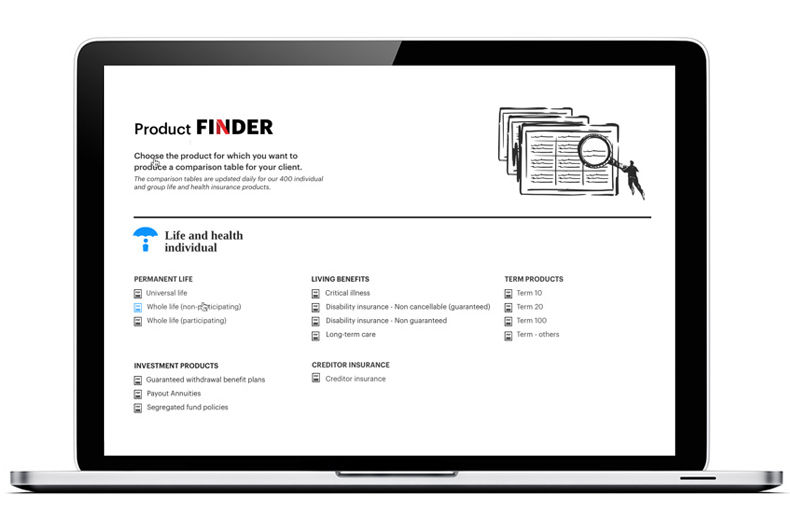Often referred to as the captive or career channel, the distribution network of agents affiliated with insurance companies outperformed that of independent advisors in individual critical illness insurance sales in 2022.
According to statistics revealed in LIMRA's 2022 Canadian Individual Critical Illness Sales Survey, captive network sales of critical illness insurance increased by 15% in Canada in terms of annualized premiums in 2022, compared to 2021.
In contrast, sales of critical illness insurance by the independent network showed a 2% decline in premiums in 2022 compared to 2021.
Overall, critical illness insurance sales across all distribution networks increased by 3% in 2022 compared to 2021, reaching $134.4 million in premiums, according to LIMRA.
Of the total sales in 2022, the largest market share for critical illness insurance went to the independent network, with premiums of $90.5 million. This is more than double the sales of the affiliated agent network, which totaled $43.9 million in 2022.
On fire in Q4
The performance of affiliated agents peaked in the fourth quarter of 2022, with critical illness insurance sales in terms of premiums growing by 31% in this distribution channel, compared to the fourth quarter of 2021.
On the independent side, the securities broker distribution network (national accounts) increased its critical illness insurance sales by 10% in the fourth quarter of 2022, compared to the fourth quarter of 2021. In this comparison period, the managing general agent network grew its sales by 4%, while those of the independent advisor network declined by 8%.
Insurers with an affiliated agent network are in the minority among the 14 participants in the LIMRA survey. These include Canada Life (through Freedom 55 Financial), Combined Insurance, Co-operators, iA Financial Group, and Sun Life. Canada Life, iA Financial Group, and Sun Life also have a strong presence in the independent network.
A flagship product
There are three categories of critical illness insurance products, depending on how the premium is paid: permanent critical illness insurance; limited period level premium critical illness insurance (usually up to age 75); and renewable term critical illness insurance (10, 20 years, to age 65, etc.).
In 2022, growth was based on the performance of limited period level premium and permanent products, LIMRA reveals in its highlights. Sales were concentrated among a handful of players. Five of the 12 participating companies that sell limited period level premium products reported growth in their sales for this product in 2022.
A different story in Q1 2023
The independent distribution network bounced back in the first quarter of 2023, with sales growth of 16% in terms of premiums, compared to the first quarter of 2022, according to LIMRA.
In comparison, affiliated agents saw their critical illness insurance sales increase by 14% in the first quarter of 2023, compared to the first quarter of 2022.
"We are seeing good growth in all our distribution networks in critical illness insurance and in our other living benefit products," revealed Philippe Cleary, Senior Director, Individual Insurance, Savings and Retirement Products, at iA Financial Group, in an interview with the Insurance Portal. He was speaking about both his independent and career networks and included the first and second quarters of 2022.
Primarily active through its independent network, Desjardins Financial Security (DFS) revealed results that rival those of the captive networks. Chantal Gagné, Senior Vice President, Individual Insurance, at DFS, accumulated her critical illness insurance sales results for the first two quarters of 2023. Desjardins thus saw its sales grow by 21% in terms of premiums compared to the first two quarters of 2022. In terms of the number of policies, DFS's growth reaches 12% under the same comparison periods.
"We are seeing strong growth in all three product groupings (renewable term, limited period, and permanent), which leads us to believe that the increase affects all segments," reveals Gagné. She specifies that her figures only take into account individual insurance and do not include figures from her group sector.
This article is a Magazine Supplement for the September issue of the Insurance Journal.







